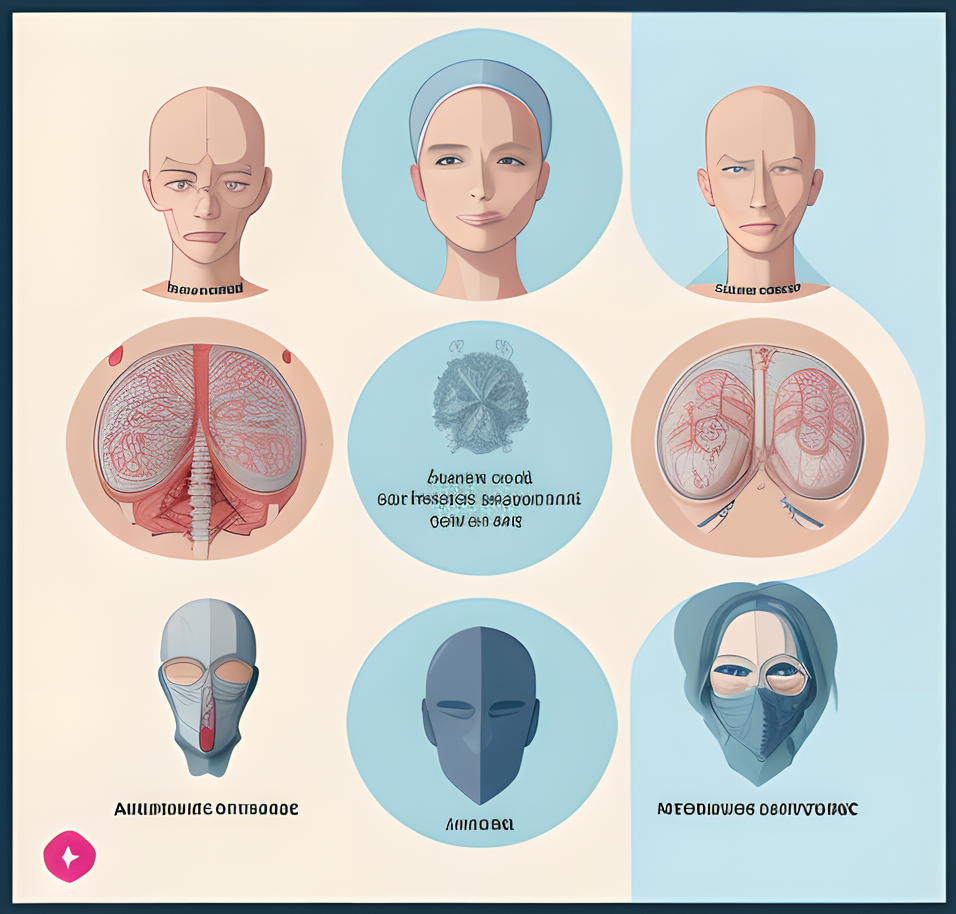A Comprehensive Guide to All Known Cancer Types

Cancer affects millions of lives every year, making it one of the most pressing health challenges worldwide. In 2022 alone, nearly 20 million new cases were diagnosed, and 9.7 million people lost their lives to this disease. Understanding all known cancer types can empower you to recognize potential warning signs and seek timely medical advice. Early detection plays a critical role in improving survival rates, yet about half of all cancers are diagnosed at advanced stages. By staying informed, you can take proactive steps toward prevention and early intervention.
Key Takeaways
Knowing cancer types helps you spot signs and get help early.
Finding cancer early can save lives; visit your doctor often.
Healthy habits, like not smoking and eating well, lower cancer risk.
Each cancer needs special care; talk to your doctor for advice.
Learn about new cancer research to make better health choices.
Understanding Cancer

What Is Cancer?
Cancer is a disease that occurs when cells in your body grow uncontrollably and spread to other areas. Normally, cells divide and die in a regulated manner. However, cancer cells bypass these controls, leading to abnormal growth. This uncontrolled division can form tumors, invade nearby tissues, or even spread through the bloodstream or lymphatic system.
Several biological mechanisms define cancer as a disease:
Cancer cells form and proliferate due to genetic mutations.
Tumor cells vary, which influences their growth and ability to spread.
The tumor microenvironment and immune system interactions play a critical role in cancer behavior.
Advances in genomic and computational technologies have improved the understanding of cancer mechanisms.
By understanding these processes, you can better grasp how cancer develops and why early detection is vital.
How Is Cancer Classified?
Cancer classification helps doctors determine the best treatment options. It also aids researchers in studying the disease. There are three main ways to classify cancer:
By Tissue or Cell Type
Cancers are grouped based on the type of tissue or cell they originate from. For example, carcinomas arise from epithelial cells, while sarcomas develop in connective tissues like bone or cartilage. The table below outlines the major categories:
Major Categories | Description |
|---|---|
Carcinoma | Malignant neoplasm of epithelial origin, accounting for 80-90% of all cancer cases. |
Sarcoma | Cancer that arises from connective tissues such as bone, cartilage, and fat. |
Myeloma | Cancer of plasma cells in the bone marrow. |
Leukemia | Cancer of blood-forming tissues, including bone marrow and lymphatic system. |
Lymphoma | Cancer that begins in the lymphatic system. |
Mixed Types | Cancers that do not fit into the other categories. |
By Organ or System
This method categorizes cancer based on the organ or system it affects. For instance, lung cancer originates in the lungs, while breast cancer starts in breast tissue. This classification helps you understand how cancer impacts specific parts of the body.
By Behavior (Benign vs. Malignant)
Cancers are also classified by their behavior. Benign tumors grow slowly and do not spread, while malignant tumors invade nearby tissues and metastasize to other parts of the body. Recognizing this distinction is crucial for understanding the severity of a diagnosis.
Why Categorization Matters
Categorizing cancer allows doctors to tailor treatments to your specific condition. It also helps researchers study patterns and develop targeted therapies. For example, knowing whether a tumor is benign or malignant can guide treatment decisions. Similarly, understanding the tissue or organ affected can help predict how the disease might progress. By learning about all known cancer types, you can better understand the importance of these classifications.

List of All Known Cancer Types
A
Acute myeloid dendritic cell leukemia
Anaplastic large cell lymphoma
Angioimmunoblastic T-cell lymphoma
B
B-cell prolymphocytic leukemia
Basaloid squamous cell lung carcinoma
C
Carcinoid tumor, gastrointestinal
D
E
F
Fibrocartilaginous mesenchymoma of bone
G
Gastrointestinal carcinoid tumor
Gastrointestinal stromal tumor (GIST)
Gestational trophoblastic tumor
Giant-cell carcinoma of the lung
H
I
Intravascular large B-cell lymphoma
Invasive cribriform carcinoma of the breast (also termed invasive cribriform carcinoma)
Islet cell carcinoma (endocrine pancreas)
K
L
Large cell lung carcinoma with rhabdoid phenotype
Large granular lymphocytic leukemia
Lymphomas of primary cutaneous origin (e.g. mycosis fungoides)
M
Malignant fibrous histiocytoma of bone/osteosarcoma
Malignant Peripheral Nerve Sheath Tumor (MPNST)
Mediastinal large B cell lymphoma
Mucinous carcinoma of the breast
Mucosa-associated lymphoid tissue lymphoma
Multiple endocrine neoplasia syndrome
Multiple myeloma/plasma cell neoplasm
N
Nodal marginal zone B cell lymphoma
O
Ovarian epithelial cancer (surface epithelial-stromal tumor)
P
Papillary carcinomas of the breast
Paranasal sinus and nasal cavity cancer
Precursor B lymphoblastic leukemia
Primary central nervous system lymphoma
Primary cutaneous follicle center lymphoma
Primary cutaneous immunocytoma
Primitive neuroectodermal tumor
R
Renal pelvis and ureter transitional cell cancer
S
Sarcomas of primary cutaneous origin (e.g. dermatofibrosarcoma protuberans)
Sarcomatoid carcinoma of the lung
Skin adnexal tumors (e.g. sebaceous carcinoma)
Splenic marginal zone lymphoma
Squamous-cell carcinoma of the lung
T
T-cell prolymphocytic leukemia
Transitional cell cancer(urothelial carcinoma)
U
V
Visual pathway and hypothalamic glioma
W
Unsorted (so far)
Epithelioid hemangioendothelioma (EHE)
Desmoplastic small round cell tumor
Reference:
https://en.wikipedia.org/wiki/List_of_cancer_types
